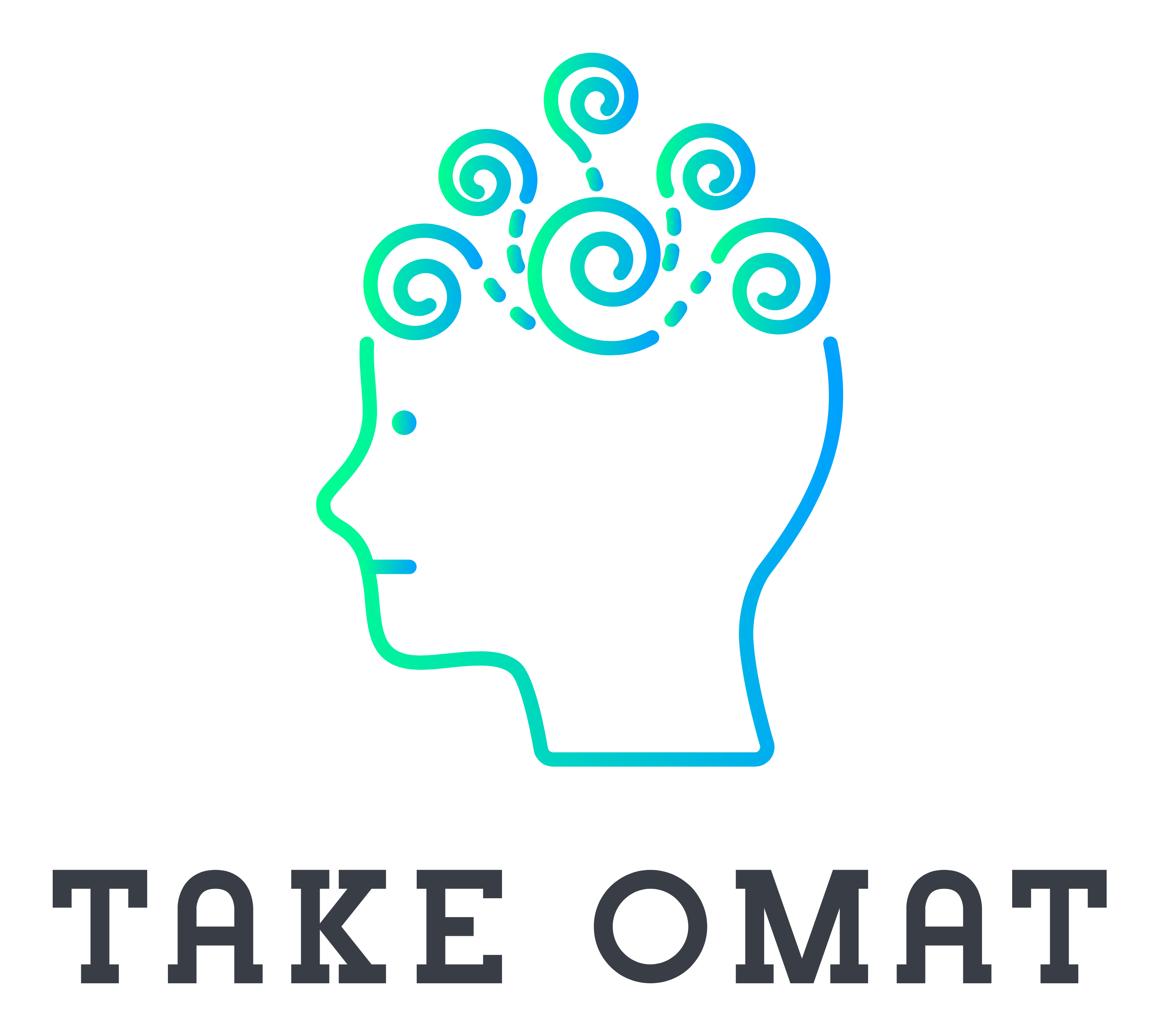Lead by Example Like a Parent
One of the biggest lessons we learn from parents doesn’t come from what they say—it comes from what they do.
Children may hear rules and guidance, but what really shapes them is the behavior they’re surrounded by. When kids see patience, they learn patience. When they’re spoken to with kindness, they internalize kindness. When a parent says, “Use your words,” but shouts when they’re frustrated, the lesson doesn’t land. The message becomes: this is how we deal with things, no matter what we say.
It’s not just about parenting. This is how all of us learn. We follow what’s modeled more than what’s instructed.
I was told growing up to be forgiving, to be kind, to be helpful—but I saw adults get angry when they didn’t get their way. I saw them raise their voices to protect and love. It taught me, without words, that frustration and force were part of love and power. I internalized that contradiction and had to unlearn it slowly, piece by piece.
Now, I look to admire someone because I like how they carry themselves. I look for calm in chaos, gentleness in hard moments, steadiness when things are unpredictable. That’s what I want to emulate. Not the advice, but the behavior that says: this is who I am, even when it’s hard.
Because we don’t become who we want to be through words—we become it through action, repetition, and example.
It’s not easy to question—let alone change—how we respond to life. Most of us are repeating what we saw, doing the best we can with what we learned. The first step is noticing that something isn’t working. Then, forgiving those who shaped us—assuming they were doing the best they knew how. From there, we get to ask: How do I want to be now? And we start looking for people, environments, and examples that make that feel possible. We pick up tools. We practice new responses. It takes time and patience. And moving slowly is usually the safest speed. One reaction at a time.
ACTION: Think of one reaction you’ve inherited that doesn’t serve you anymore. Ask yourself how you want to respond instead—what would feel more honest, helpful, or aligned with who you’re becoming? Then, when that moment shows up, try that new response—even in a small way. One intentional shift is enough to start the change.
